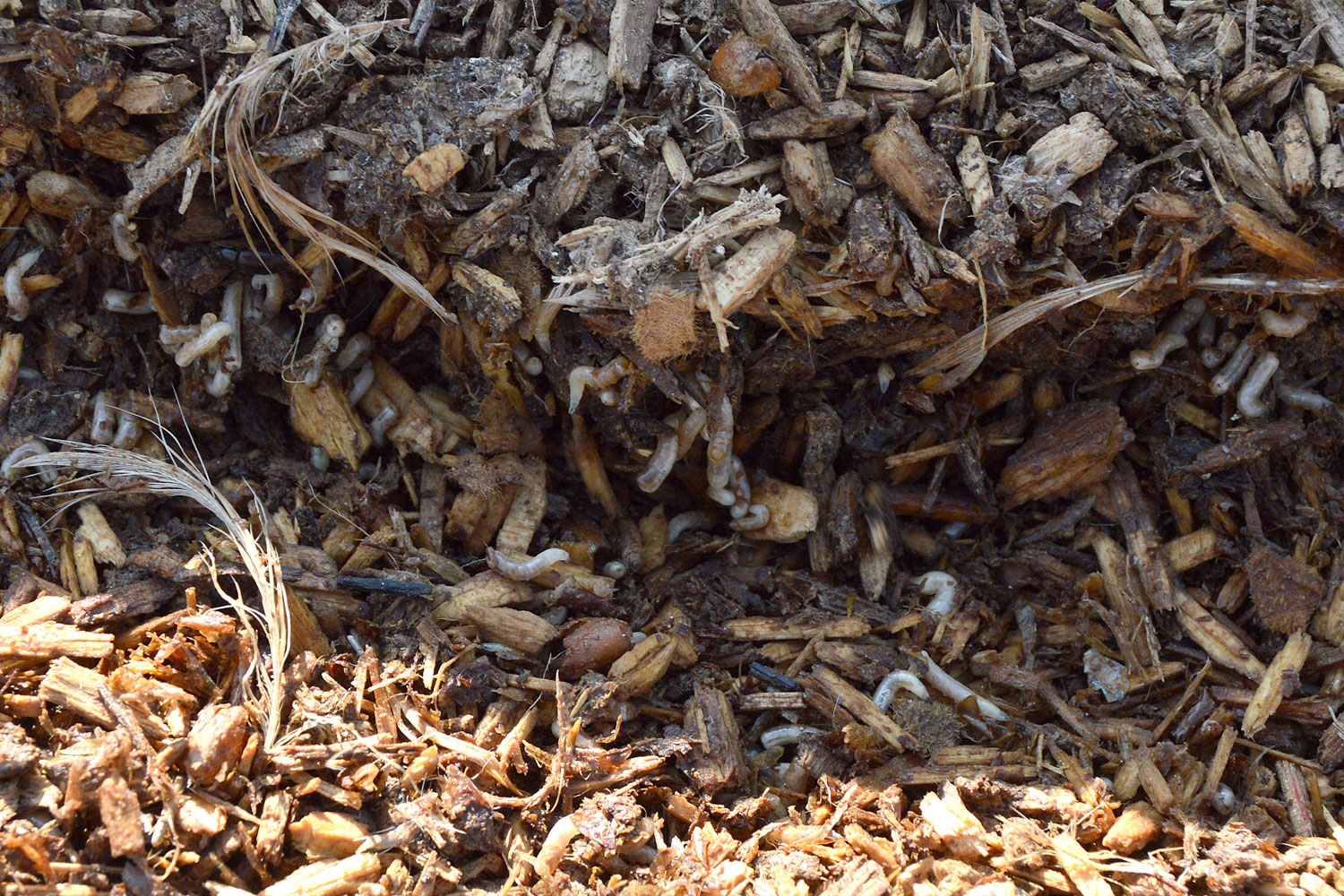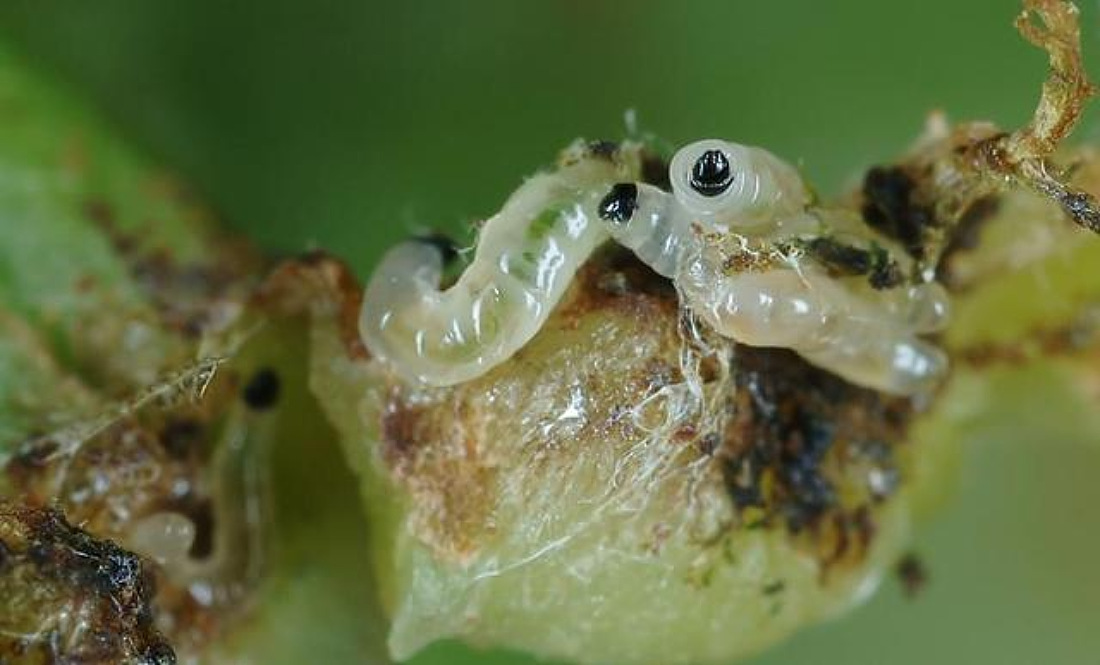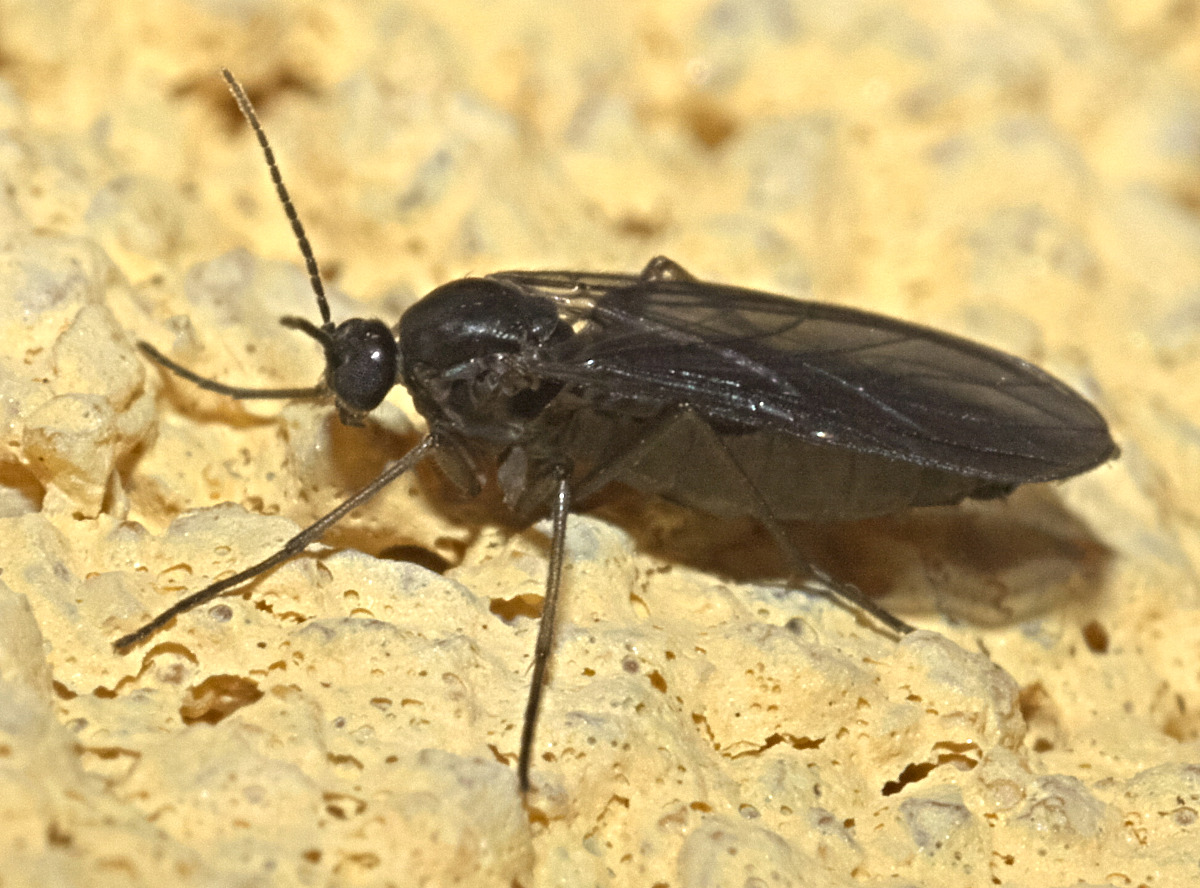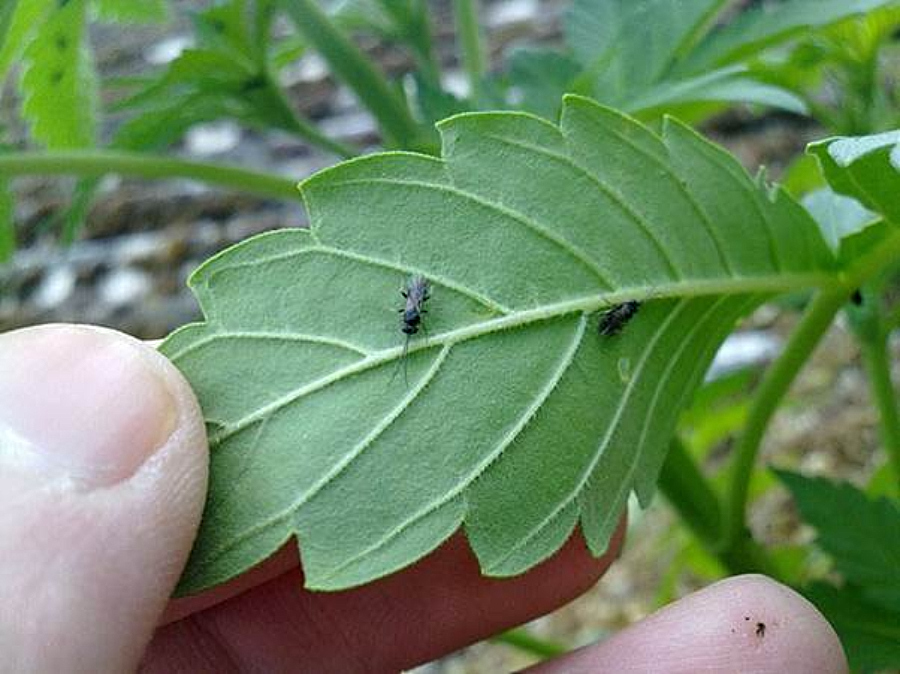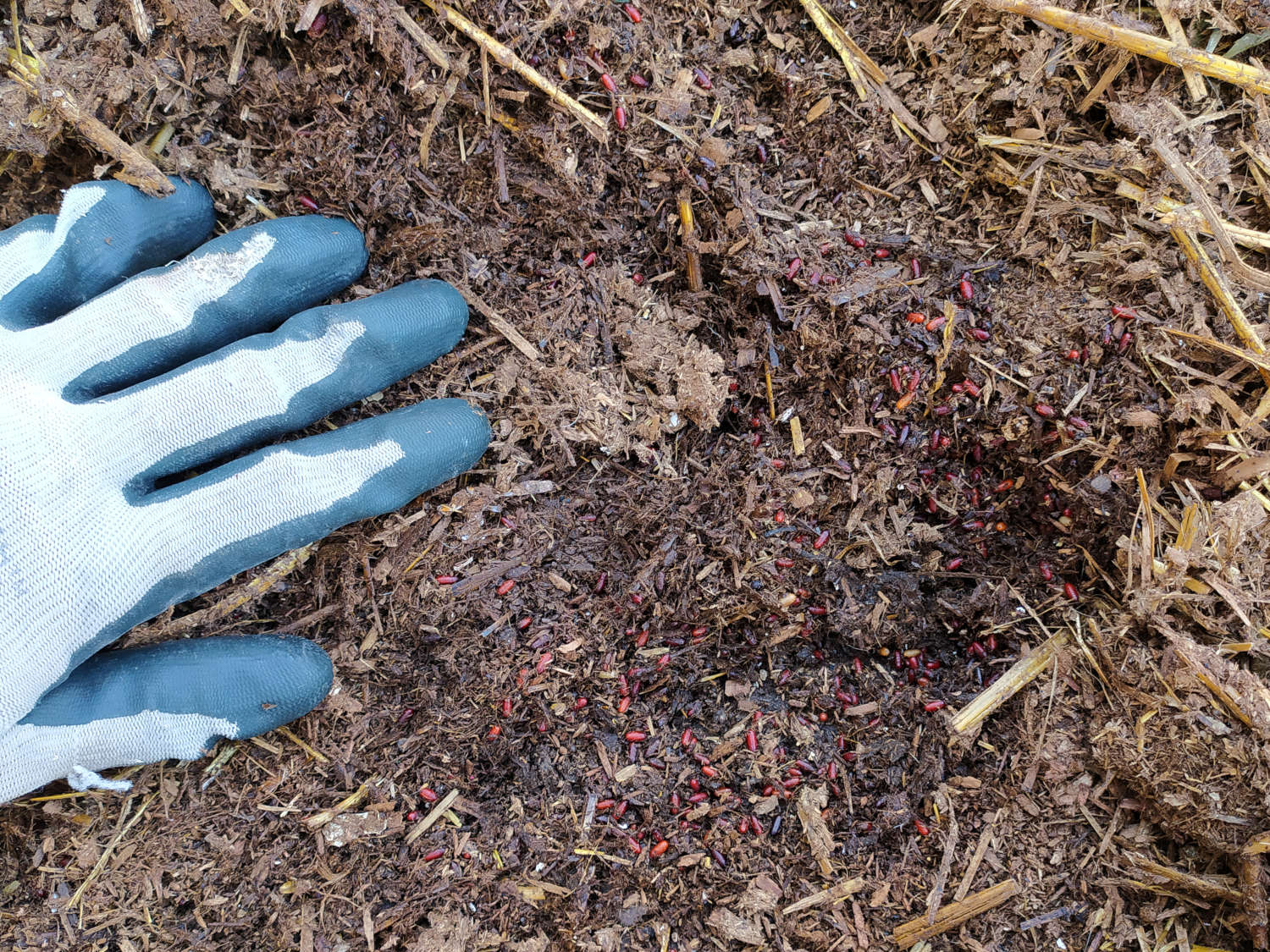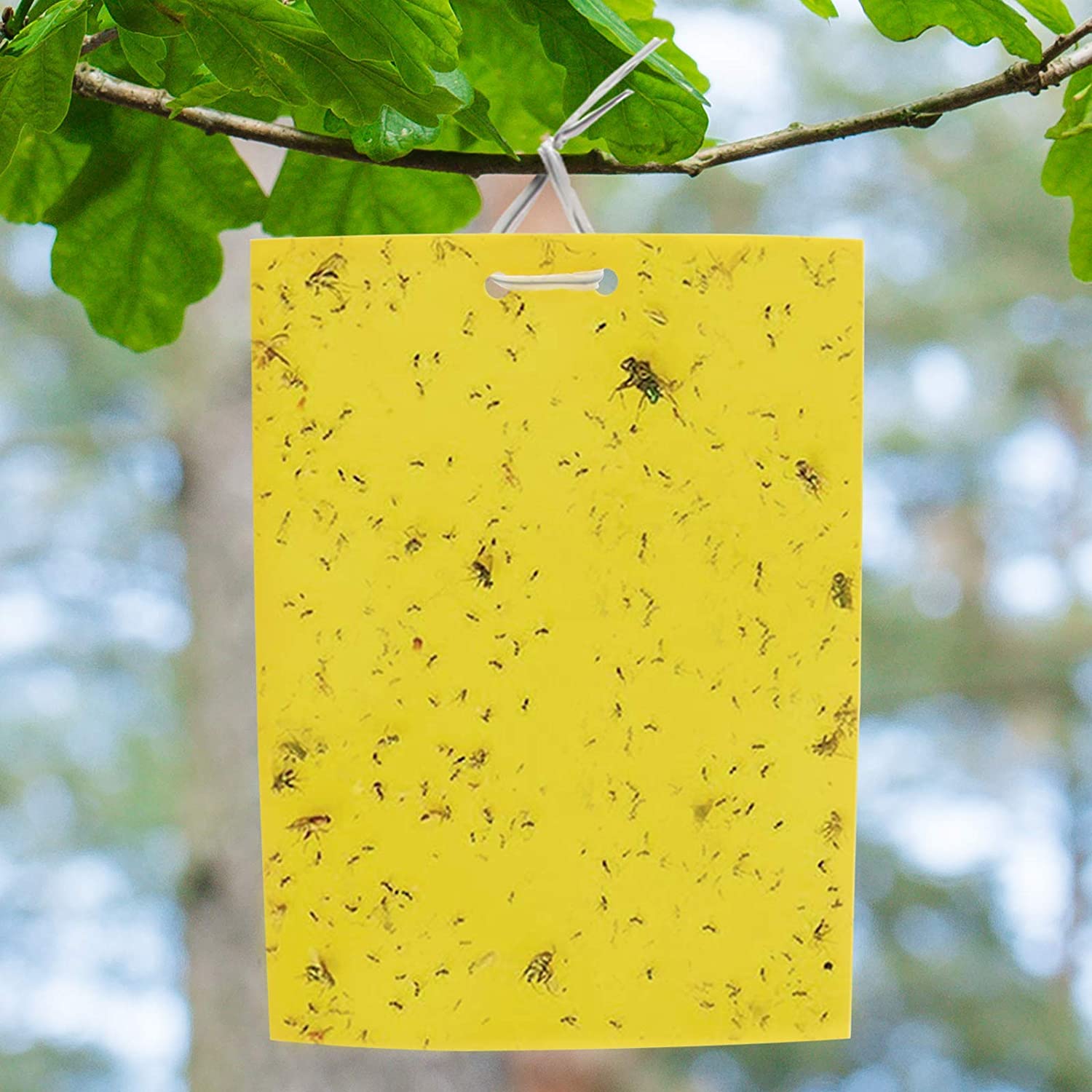When it comes to loss and damage to crops, there is no doubt that the cause and most sought to exterminate is the mulch fly. This, although at first glance it seems harmless, is capable of weakening the plant, to the point of losing part of it. Find out here how to eradicate it.
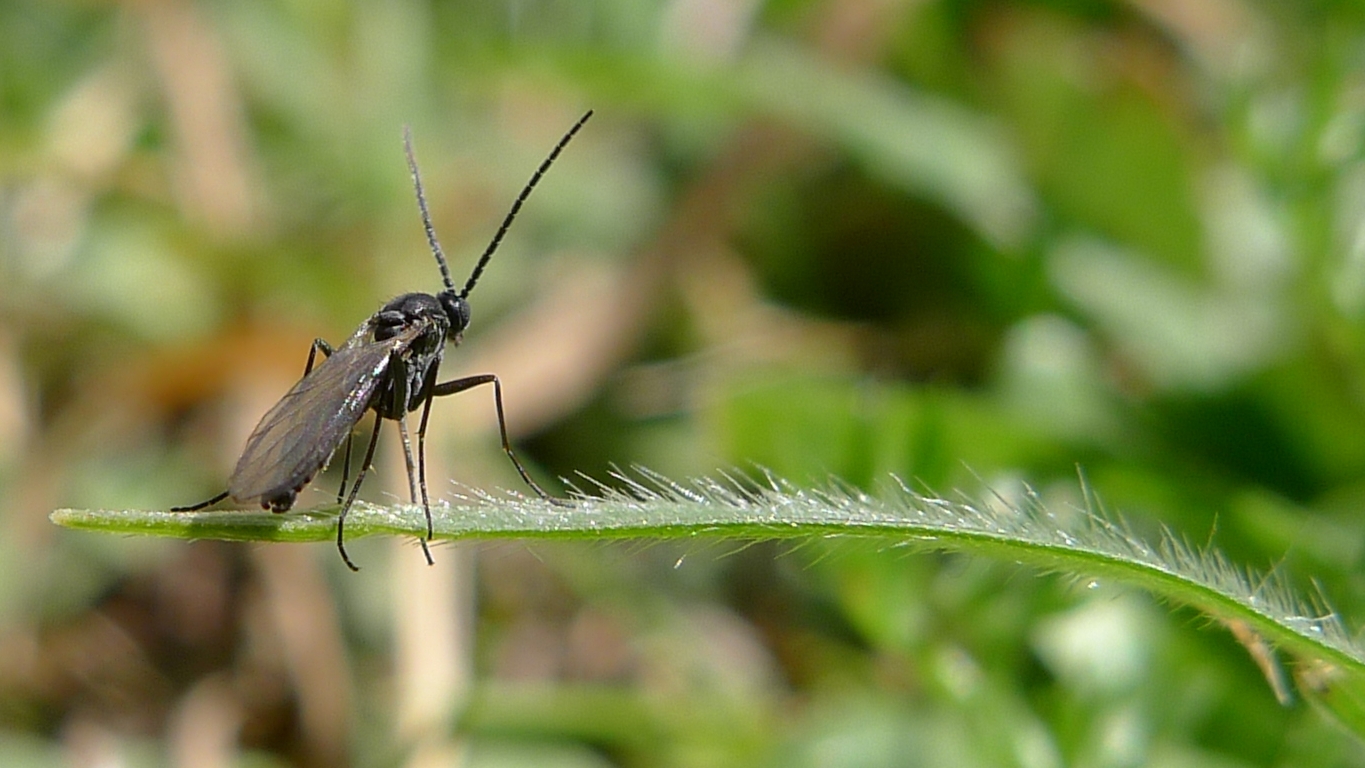
The mulch fly
Likewise, identified with the names of "sciarid fly", "moisture fly", "black fly" "substrate fly", it is a winged dipteran or simply "fly". It belongs to the group of families “Mycetophilidae and Sciaridae”. It appears as a tiny insect, which can even be confused with mosquitoes.
It is normally displayed quite close to the various Types of soil or from the substrate, so that's where some of their calls come from. It is capable of causing considerable damage to crops or crops, not limiting itself to establishing itself even in pots. Emphasizing that it is in the phase or larval stage, in which these disturbances or negative changes really originate.
This occurs, because to feed it takes organic fertilizer, from the root, from the stem, leaves, compost, root hairs. While, around it, it takes from the decomposing material, from the fungi, mold, itself, its food is everything.
During their adulthood they do not usually move away from the environment, nor do they represent a damage to plants, because they do not attack them, being only annoying for humans. Taking into account that they can approach homes or any place, because the lighting they can perceive produces a well-known interest.
It is important to mention that when the mulch fly he proposes it, he is very adept at being in many places at the same time. Its life cycle is closely linked to humidity, so when the plant is young, it has the highest incidence. Its ability to reproduce is easy and accelerated, for this it only needs an environment of total warmth and humidity. Situation that makes, which can be present during the twelve months of the year, depending on the place and the characteristics of the climate.
moss fly life cycle
These develop during four phases, after mating, which can last ten minutes, in which the mulch fly female for each time, it can lay about fifty eggs, totaling approximately up to three hundred, being then those that are described below:
- Egg: It takes four to six days to hatch.
- Larva: Their period is between seven and ten days, in which they feed on what is called the living matter of the plant, such as the root and the stem. On the other hand, during this phase, the hammer fly usually even penetrates the root and the stem itself, causing greater damage.
It also feeds on the organic matter that is in a state of decomposition and the mold that may exist, without leaving aside the possible fungi that are usually not lacking. Their color is whitish and they look like a worm, so they are elongated and devoid of legs. In this phase they feed excessively because it is what helps them to develop and their dimensions change very quickly.
- Pupa: This state usually lasts a maximum of five days and is when the larva is covered with a brown or reddish capsule. During these days it does not feed and is immobile, because the metamorphosis is taking place, which is the transition to adulthood.
In this the legs and wings are developed, as well as its head, thorax and abdomen. When the days are up, the hammer fly can leave the cover without inconvenience.
- Adulthood: This stage lasts between seven and ten days, in which mating and death take place.
Hammer fly longevity
The life cycle of this animal places it among the ten that have a very reduced complete stage. This is because for the hammer fly, since it is in the egg stage, at the beginning of the phase, until the end of adulthood, it barely takes about a month.
It should be noted that the variability of the number of days depends intrinsically on the climate in the area of the crop where the development of this insect is found. Given that the factors you need to achieve the process are:
- warm room temperature
- Illumination or incidence of the Sun's rays
- Humidity
- Ideal environment where to locate or deposit the eggs, in which the larvae have the food to develop
In his adult stage, does he mate more than once?
When the fly mulch The female leaves the capsule after her metamorphosis, being an adult, she is able to mate as many times as possible. That is why, during this final stage of her life, she is capable of accommodating up to three hundred eggs, being able to lay approximately fifty in each laying.
Can a plant support more than one life stage of the hammer fly?
In any plant, whether harvested or commonly cultivated and even ornamental, it may be the case that more than one phase of the life cycle of the plant takes place or develops. hammer fly. This makes it possible, the very evident short duration that occurs between one cycle and the other. Occurring, that there may be both eggs, such as larvae, pupae and adults in the area ready to deposit, on the same plant.
That is why, to exterminate them, after identifying them, it is highly necessary to monitor them with repeated or frequent treatment. Therefore, it is advisable to verify very well that it has been possible to eradicate them from the area that suffers from the condition. Remembering that for these the ideal moment to settle down, is when the Humidity is present in the environment.
Characteristics of the mulch fly
Its characteristics are the following:
- It belongs to the families Mycetophilidae (little fly or mosquito) and Sciaridae (fly that lives in humid environments).
- Its life cycle is summarized in the stages of egg, larva, pupa and adulthood, which unfolds in a condensed longevity that does not exceed one month.
- The adult size that develops mulch fly, generally does not exceed four millimeters, however, in an isolated or unusual way, it can be found up to six millimeters.
- The hue in the larval state, like a worm, being elongated, is with a dark head and the rest whitish, measuring about six millimeters. When it undergoes metamorphosis as a pupa, it is covered by a brown to reddish capsule. While, when it is an adult and is provided with a head, thorax and abdomen, with its pairs of legs and wings, it is brown or even dark gray.
- The mulch fly during its last stage of life is attracted to light, being a reason that encourages it to visit humans in their habitat.
- Its ideal area is made up of the one in which the precious humidity is found, both in the environment and in the substrate. This makes it establish itself in massive food or ornamental crops, not even respecting gardens or pots.
- It is capable of weakening, withering and even causing death to a plant, because its larvae generally attack them from the root.
- It causes damage to the plant only while it is in the larval state, so as an adult, it simply limits itself to reproducing and bothering humans, not causing them direct disturbances.
Direct and indirect damage caused by the topsoil fly
This plague of crops causes various conditions to plants, where those classified as direct are those that cause them intrinsically. Among these is the incidence that the larva of the mulch fly makes towards the root when it feeds. Likewise, there is its repercussion on the stem and even leaves, where the first thing is that it hinders the so-called "rhizosphere", which is the action and result between the root of the plant and the substrate.
This effect is what makes it possible for the roots of the plant to take essential nutrients and water from the substrate to maintain themselves and achieve their development. Being then the reason why the plant shows a deterioration and weakness that becomes progressive. This is without leaving aside the fact that the larva can also feed directly on the stem and even perforate it.
When these holes are created, the plant can suffer from diseases mainly because it facilitates the admission of fungi. It should be noted that when the root system or set of roots that the plant has is affected, the possibility of dying is imminent. This is because it has difficulty taking in the water and nutrients found in the substrate.
On the other hand, the indirect damages are those that the same larva of the mulch fly it produces to what is adjacent to the plant, as it is:
- Promote the dispersion of mites (tiny spiders).
- Facilitate the production of nematodes or parasites that attack them frequently.
- Allow viruses to establish themselves.
- Favor the usual fungi, which are mixed in the substrate and water, to activate with greater force, harming its roots.
How to prevent and count the arrival of the mulch fly?
Mainly, it is required that the humidity of the substrate be controlled, because this is the ideal medium for its reproduction. Observing that the mulch flies are hanging around the plants or crops, it is necessary to monitor them to know how much population of these there are in the area. An alternative to approximate the amount is by placing the so-called yellow cards that are adhesive.
These should be distributed on the substrate, very close to the plants that it appears to affect. In this way, after getting the adults attached to the card, you have an idea of how serious the attack situation is. Another means is distributing pieces of potato that attracts the larvae, with which it is possible to visualize the possible population of these. Having to take the next step, which is extermination either by home means if it is not severe, or through chemical agents if so warranted.
How to remove fly from humidity?
The search for extermination, of these individuals types of pests, which affects crops, is managed in the following three ways:
Of natural form
When the incidence or presence of mulch fly It is not relevant, you can use the aforementioned yellow sticky cards, which attract the adults and do not allow them to come off. Likewise, reducing the humidity of the substrate prevents the life of the larvae. The use of "vermiculite" on top of the substrate does not allow the adults to lay their eggs, while the "neem oil" sprayed on the leaves of the plant limits the adults from approaching.
By biological control
For the insect mulch fly, as in other animal species, the so-called natural predators are integrated. Having that for this are some of the following:
- hypoaspis miles: It is a mite that eats the larvae and pupae.
- Steinernema feltiae: It is a worm that attacks all pests.
- atheta coriaria: Insect that eats adult flies.
- Coenosia attenuata: Fly insect that feeds on its adult relative.
with chemical agents
Use humidity fly insecticide, is the extreme and is when control is not possible and damage to plants is notorious. The most used and sold in the market is "Cypermethrin 10%", having as a recommendation to make exact use of the instructions that the manufacturer establishes. Emphasizing that the person to administer it must be adequately and completely protected to avoid contact with the product. This is due to the level of toxicity it presents for humans.
